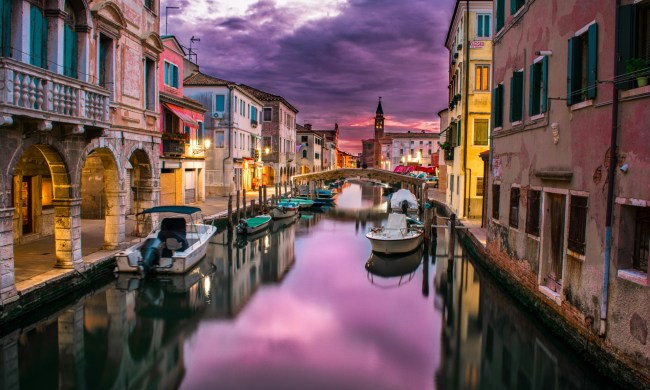
Hawaii is home to natural and cultural wonders. On the North Shore of Oahu, Pipeline’s barrels break above coral reefs, creating the perfect ride for surfers. On the Big Island, Kaloko-Honokōhau National Historical Park showcases Hawaiian culture, where archaeological sites offer a window into island life long ago. Maui is home to Haleakalā National Park, where endangered species thrive and volcanic topography looks out of a dream. Besides those, there’s much, much more.
To preserve what Hawaii has and to help local workers thrive, Governor Josh Green signed a bill encouraging regenerative tourism. What does that mean? Here’s what you need to know.
Regenerative tourism: A sustainable future for Hawaii

Some 9,644,519 people visited Hawaii in 2023, according to the Hawaii Tourism Authority (HTA). While that undoubtedly brought joy to many, it also produced waste and wear and tear on the islands. Not only that, but with so many visiting, preserving the islands’ heritage is more important than ever. Still, people need to make a living, and balancing preservation with economics is a priority. Hawaii’s new regenerative tourism law aims to solve these issues.
Recently, Hawaii Governor Josh Green signed Senate Bill 2659, a plan to promote regenerative tourism. After signing the bill, Governor Green said, “Sustainable tourism is essential for the future of our state. This bill ensures that our visitor industry grows in a way that respects and preserves our cultural heritage while promoting economic diversification.”
The Native Hawaiian Caucus was a supporter of the measure, along with the HTA. HTA Vice Chair Mahina Paishon described the bill’s intent, saying, “We need to move toward a regenerative model of tourism that is a net benefit for Hawaii’s environment and communities while continuing to support hundreds of thousands of jobs and many small businesses across the islands.”
Though the law doesn’t implement specific steps, it includes a blueprint to make future policies regenerative. The Hawaii State Planning Act will have “regenerative tourism principles” added down the line.
Intentions include minimizing impacts on ocean life, reefs, and beaches; preserving cultural and natural resources; providing job training and education for those in the tourism industry; “better positioning” Hawaii businesses and entrepreneurs; and supporting other economic sectors to reduce the state’s dependence on tourism.



